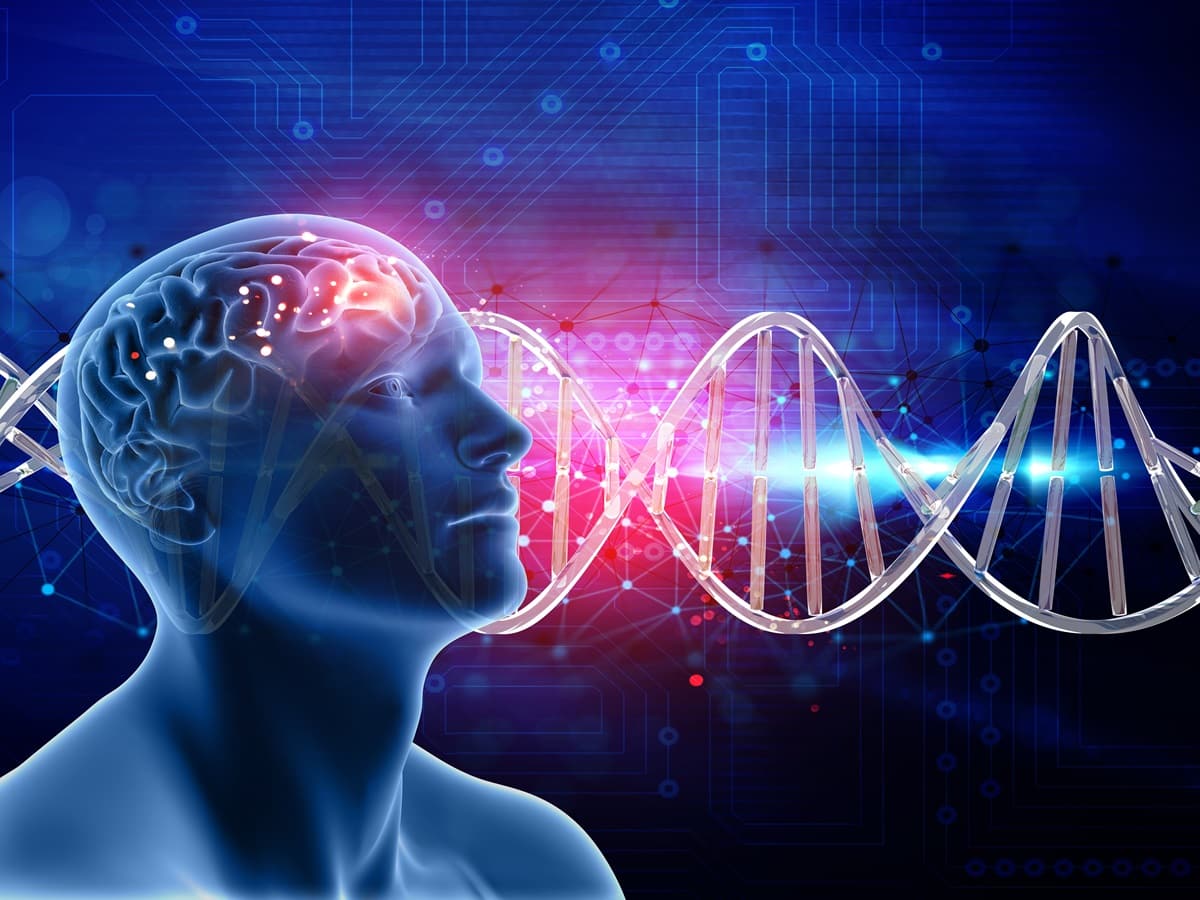Share this @internewscast.com

The groundbreaking research conducted by Kobe University scientists has provided invaluable insights into the molecular mechanisms governing synaptic development and its implications for neurodevelopmental disorders, particularly autism spectrum disorder (ASD).
Synapses, the connections between brain cells, undergo dynamic changes during development, yet the molecular mechanisms behind these changes remain largely unknown. This knowledge gap hinders progress in understanding and treating neuropsychological disorders like autism spectrum disorder (ASD). These findings not only advance our knowledge of synaptic biology but also hold significant promise for the development of targeted interventions and therapies for individuals affected by neurodevelopmental disorders. By elucidating the molecular underpinnings of synaptic development and dysfunction, researchers are poised to make strides toward more effective treatments and improved outcomes for individuals with ASD and related conditions.
Pruning Synapses
Contrary to expectations, primate brains undergo synaptic pruning, reducing connections between brain cells after early childhood. However, the molecular processes driving synaptic changes remain elusive, posing challenges for disorder treatment.
Research Approach: Analyzing Synaptic Proteins
Utilizing advancements in proteomic analysis and marmosets as model organisms, Kobe University researchers led by TAKUMI Toru delve into synaptic protein dynamics to shed light on synaptic development.
Key Findings: Insights Into Synaptic Protein Regulation
Their study, published in Nature Communications, unveils temporal changes in synaptic protein expression post-birth, driven by gene regulation. Mice and marmosets exhibit distinct timings in protein regulation, suggesting evolutionary brain differences.
Autism Spectrum Disorder (ASD) Link
Recognizing ASD’s association with synaptic developmental anomalies, researchers probe protein-level alterations. They find gene expression patterns in ASD patients align with synaptic protein changes seen during prenatal and neonatal periods.
Implications And Future Directions
Insights into synaptic protein dynamics offer potential avenues for disorder treatment development. Understanding molecular mechanisms behind synaptic development is crucial for addressing neuropsychiatric disorders like ASD and schizophrenia. The research provides essential proteomic datasets for further exploration of synaptic development and inter-species disparities.
Conclusion
In conclusion, the groundbreaking research conducted by Kobe University scientists has provided invaluable insights into the molecular mechanisms governing synaptic development and its implications for neurodevelopmental disorders, particularly autism spectrum disorder (ASD). Through meticulous analysis of synaptic protein dynamics in mice and marmosets, the study has illuminated species-specific differences and highlighted the critical role of gene regulation in shaping synaptic architecture.
By identifying temporal changes in synaptic protein expression during early postnatal development, the study offers a deeper understanding of the dynamic nature of synapse formation and pruning. Furthermore, the correlation between gene expression patterns in ASD patients and alterations in synaptic proteins underscores the potential relevance of synaptic dysfunction in the pathogenesis of ASD.












